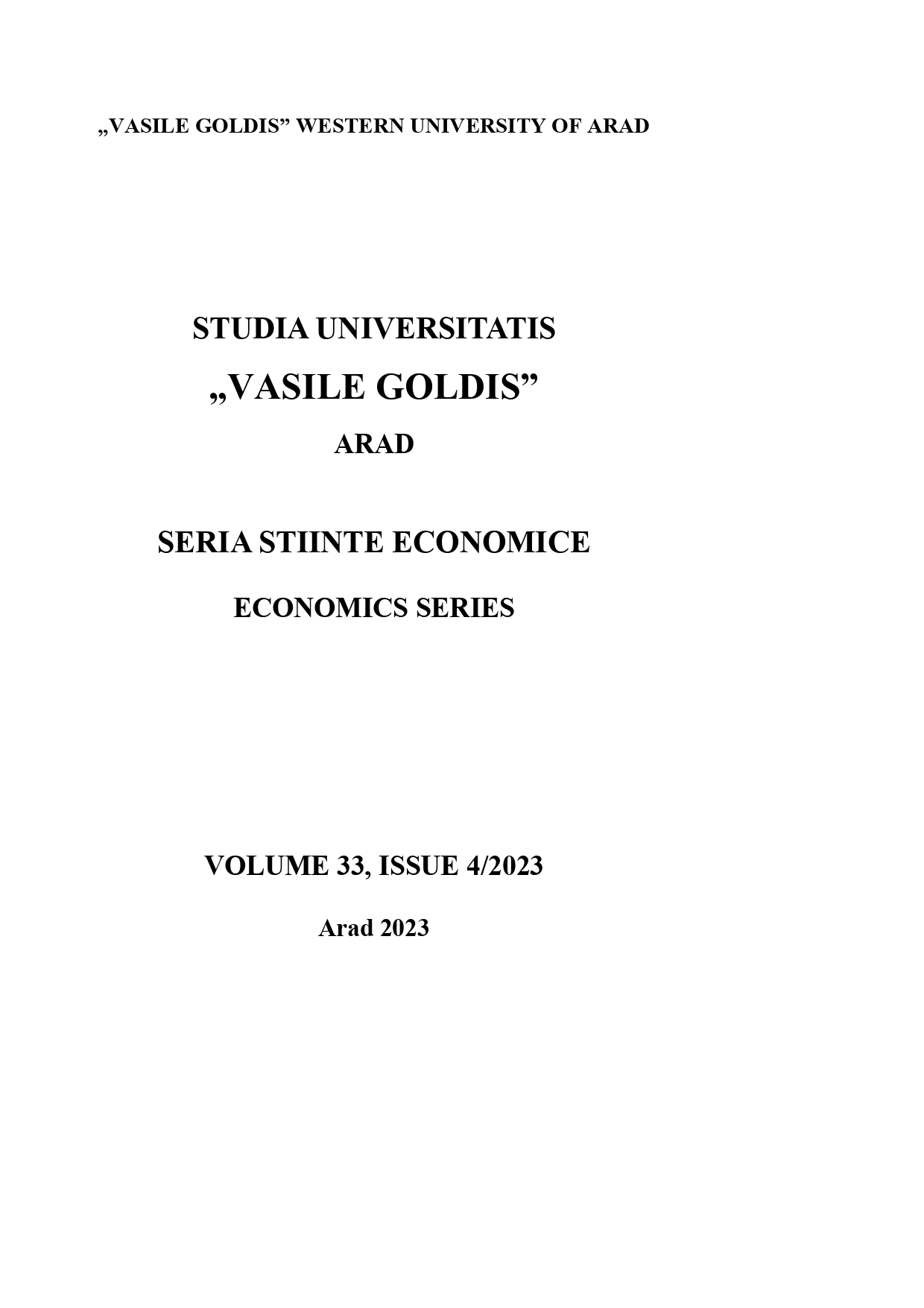
The Relationship Between Sustainability Reporting and Corporate Performance. Evidence from the European Energy Sector
The Relationship Between Sustainability Reporting and Corporate Performance. Evidence from the European Energy Sector
Keywords: sustainability; corporate performance; environmental; social and governance factors; the energy sector;
This article examines the relationship between corporate sustainability, as measured by the combined environmental, social and governance (ESG) and individual scores, and corporate performance of companies operating in the European energy sector. Due to the new EU regulation, companies must adopt strategies regarding environmental, social and governance activities, elaborating an integrated report that shows investors how they are involved in social issues and environmental concerns. This study is based on a quantitative research method which involves using an econometric model and running a multiple linear regression. The data used was collected from the Thomson Reuters Eikon database and covers the period 2017-2021. The identified results are mixed. There is a positive, but statistically insignificant relationship between ESG, ENV, SOC and ROA, while there is a negative and significant relationship between GOV and ROA at the 0.05 level. ENV and SOC scores have a strong negative and significant impact on ROE, and ESG and GOV do not show a significant relationship with it. Additionally, ESG has a significant positive impact on Tobin’s Q ratio, and ENV and SOC have a significant positive impact on it. This research can help investors and other stakeholders have an overview of the energy sector in which they can direct their investment strategies.
More...



